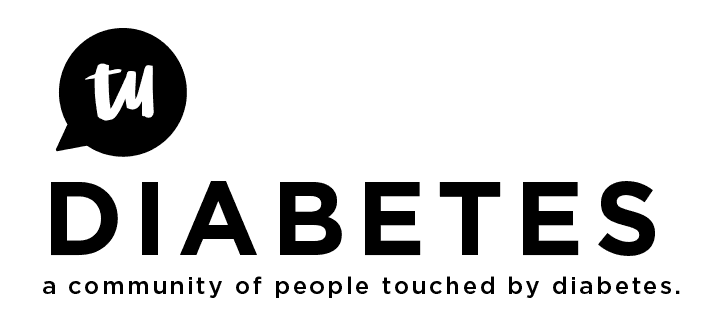Howdy.
I was in the same spot you are a few months ago.
The biggest things I found so far:
1. Devour Information - especially at this website (serious knowledge going on with many folks here). Think Like a Pancreas and Dr. Bernstein's Diabetes Solution gave a great primer and perspective about the approaches and techniques out there for getting things under control and keeping them there most of the time. Be sure to understand with any information you take in that everyone is different and you need to find what works for you. It will take a bunch a trial and error. After aggregating the info collected from many sources, I determined what seemed the appropriate baseline and then started from there.
Doctors are great and some are not... This is you and your health. No one else is going to handle for you as well as YOU!
2. Revisit and Renew Your Relationship with Food - This, along with exercise, is probably the biggest thing you can do for yourself. There is a MASSIVE problem with the way we have evolved to produce and consume our nutrition (or lack thereof at this point). Do not under estimate the necessity of putting serious focus on this. Once again I took the same approach of information gathering and became extremely alarmed at how unhealthy my supposedly very healthy diet was. Simply though it all boiled down to - Don't eat anything processed or that comes in a box. Shop on the outer areas of the super market. The aisles are where the bad stuff lives. Eat things as fresh as possible - get involved in a CSA Program (Community Supported Agriculture). Favor raw veggies over cooked ones.
I found that food, diet and all that surrounds it can be an emotional situation as food is what makes us and breaks us in many ways. Don't be surprised to find that some of those things that you are told are good for you or make you feel good when you eat them very well may not be. The changes I have made have done wondrous things for me and how I feel.
Watch this - http://www.imdb.com/title/tt1286537/ and read this http://www.amazon.com/The-Omnivores-Dilemma-Natural-History/dp/1594132054
3. Get to Moving Around - I dropped a bunch of weight on my way to diagnosis. I'm about halfway to getting back to where I would like to be from a weight perspective. Both food and exercise in the right combinations have enabled me to do that, along with Insulin :). Just be careful to get things right with your ratios and tolerances before getting into the more strenuous stuff.
4. Dig the Data - Use the data you collect to manage food, insulin and exercise.
5. Don't Let the Bastard Grind You Down - Its been 4 months for me, but it feels like longer. I've got a few decades to live yet so I'm trying to prepare my mind for the road ahead and build positivity in myself as well as around me so I can live my life well, maintain my goals and not let the bumps in the road that will occur with this Diabetuus get to me.
I would also echo most of the others on this post so far... The folks here are pretty swell, really.
As for your question about normal BG. The range approach has worked for me. I shoot for maintaining 80-110 and know that I can get up to 140 and even higher if I miscalculate or indulge in something and have had some upper 60's - 70's as well.
Things will change and evolve with this. We will have times where it doesn't go as planned or predicted. Right now though, I'm at a point where I can say I haven't felt this good in quite a while.
Hope this helps.
